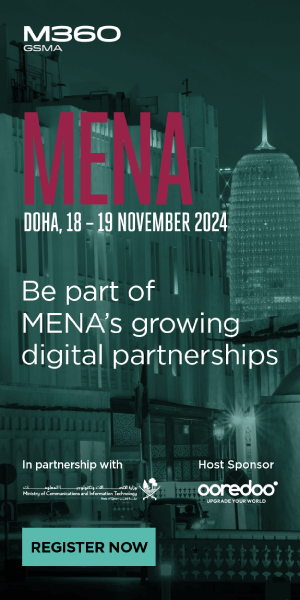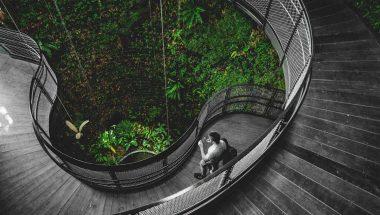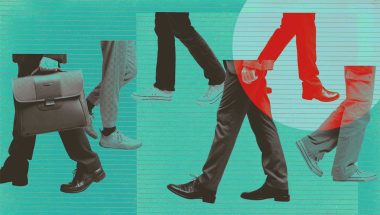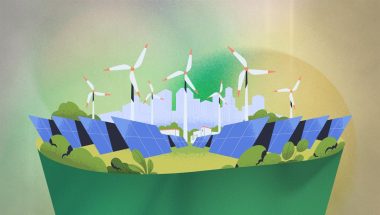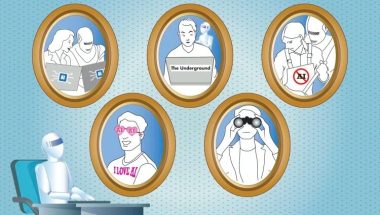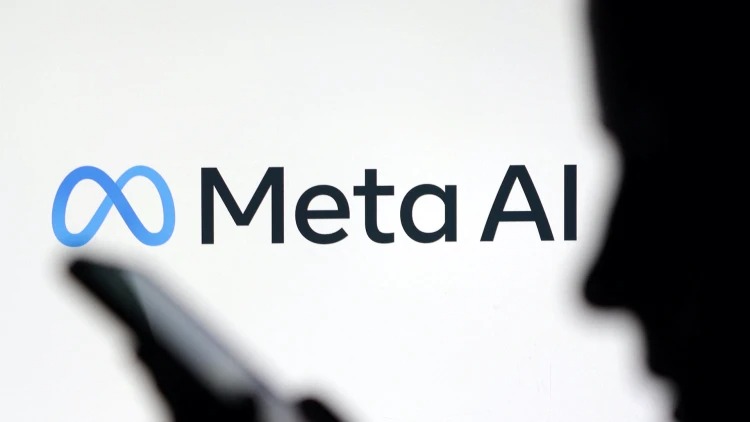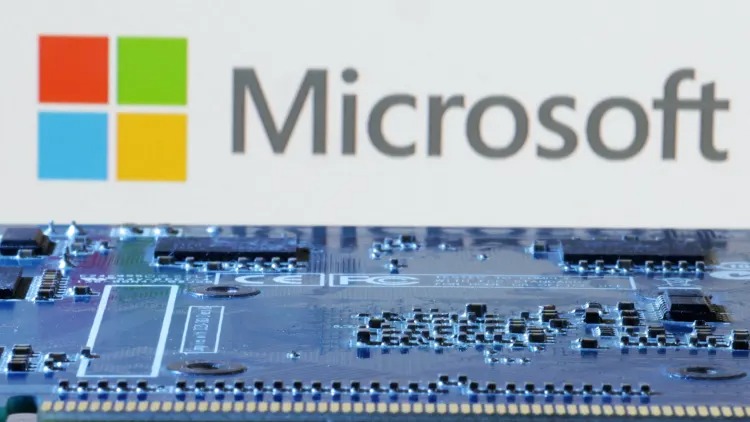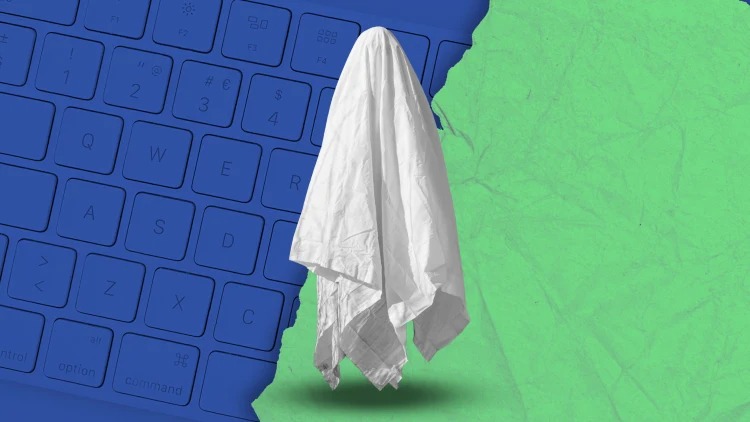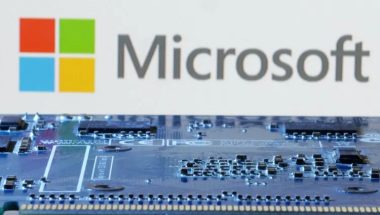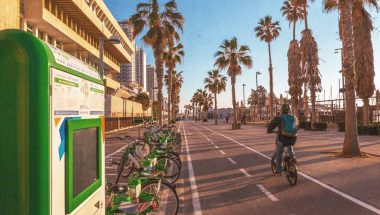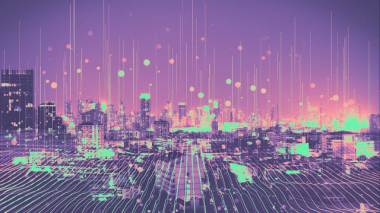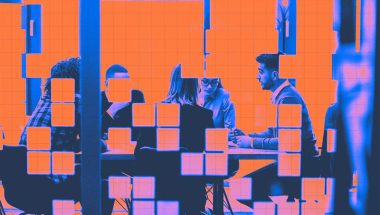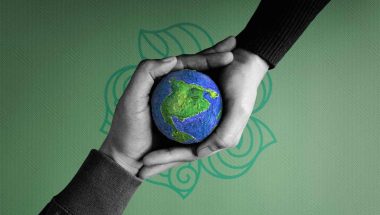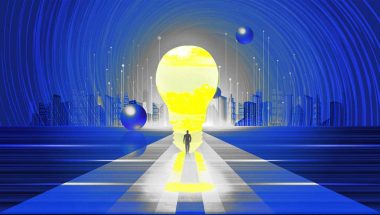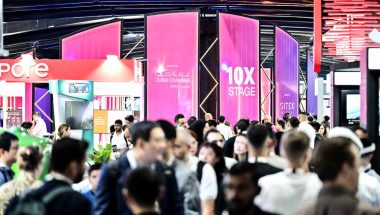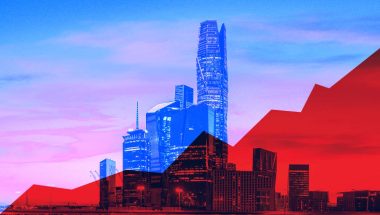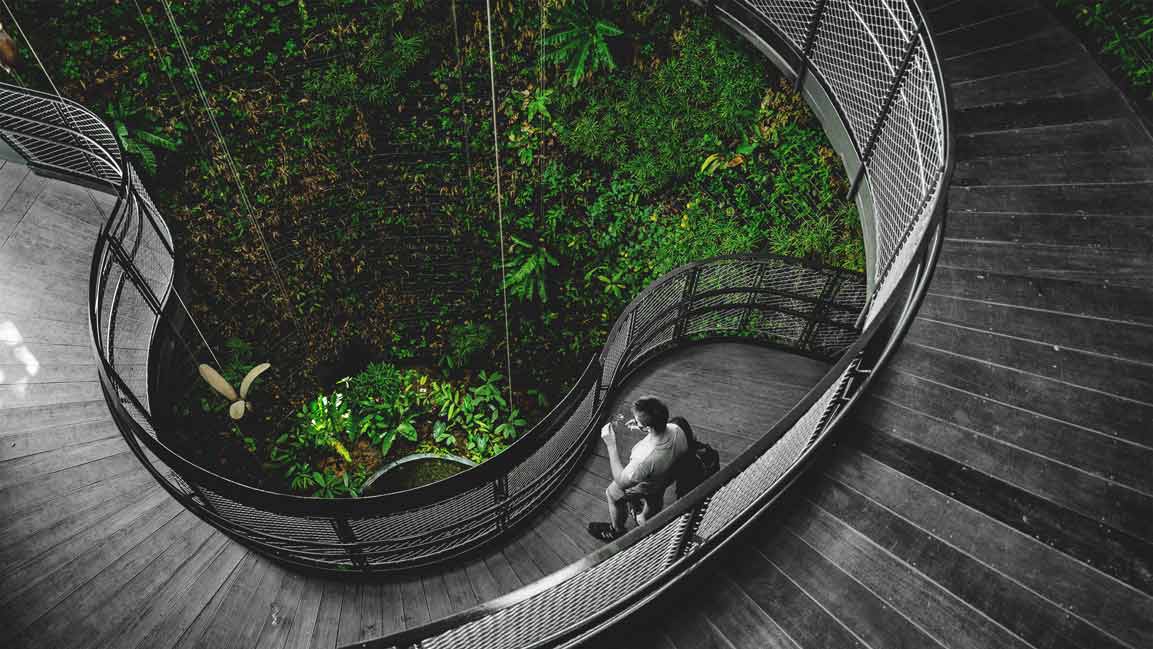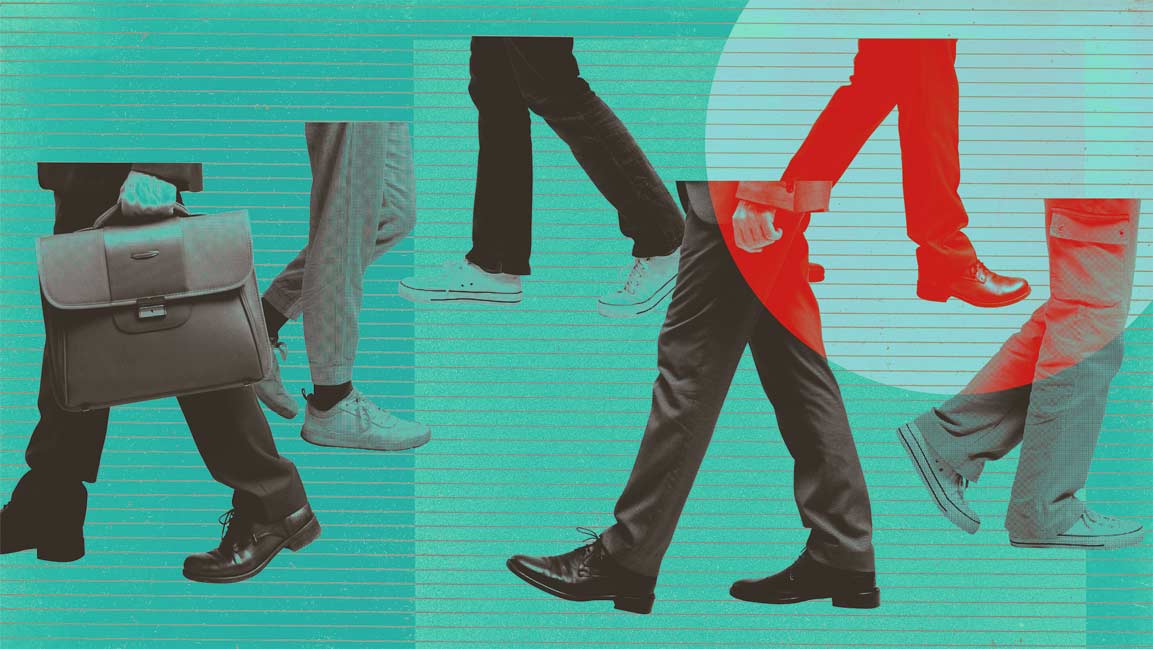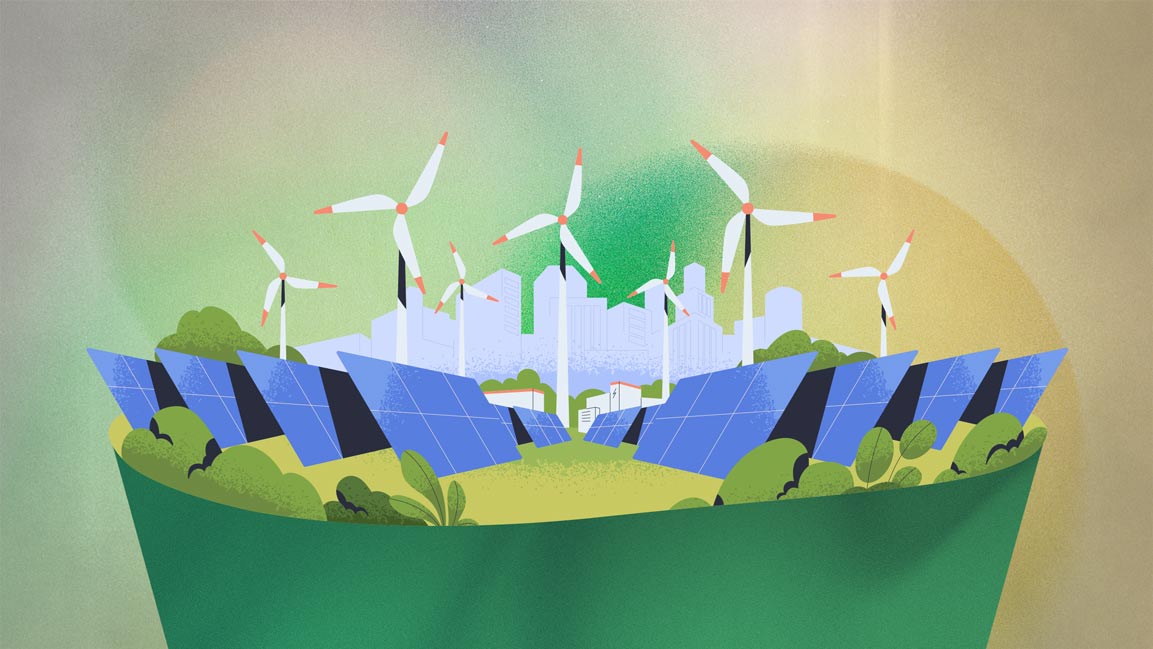- | 9:00 am
AI is changing art creation in the Middle East. And this is raising many conundrums
The legal landscape surrounding AI-generated art is still complex and evolving, experts say
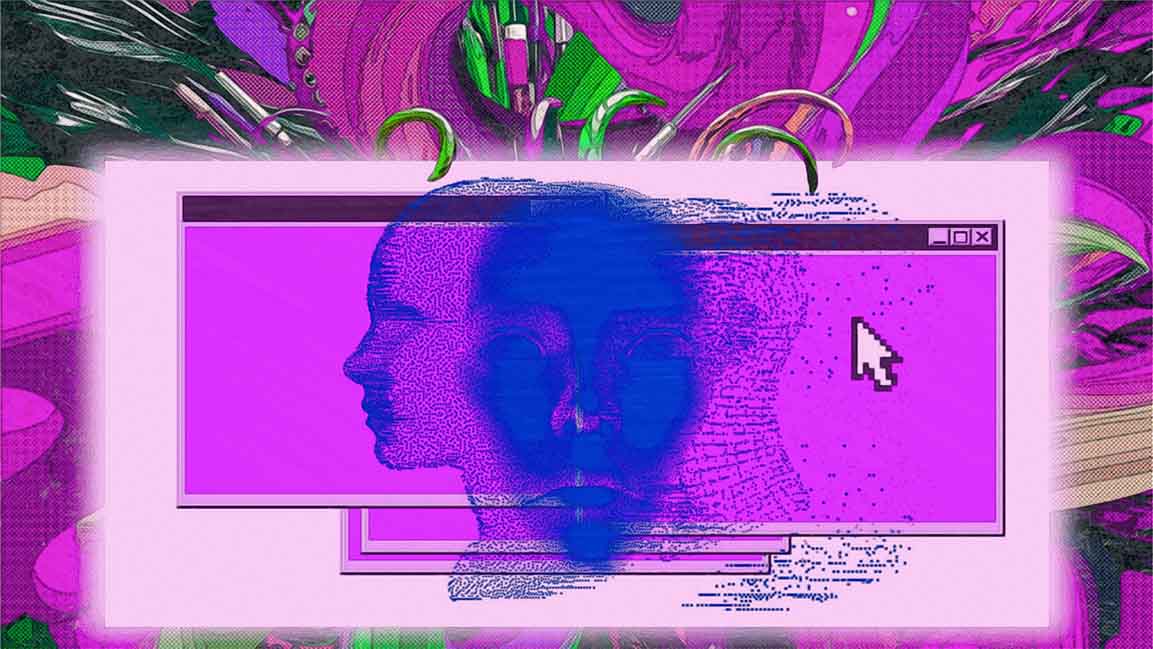
AI has been a part of the creative industry. However, we have only recently begun to see generative AI’s exponential growth – AI art has exploded over the past few months thanks to DALL-E2, Midjourney, and Stable Diffusion.
The endless possibilities of AI art have sparked a wave of memes on social media and raised some fundamental questions. If a machine creates art, is it truly art or simply the product of sophisticated algorithms? How will generative AI impact human artists working in video games, music, films, or TV? Will their skills and jobs be diminished?
In the Middle East, we are seeing apprehension about generative AI within the creative industry, known for being both old-fashioned and progressive.
We talked to some artists and experts in the creative industry now contending with the ubiquity of generative AI, which raises new concerns such as the obsolescence of human artists and copyright issues.
Egyptian artist Ganzeer views AI art and artists as service providers, at least for now. “There is a huge difference between the creation of art as an act of ripping through your being and extracting chunks of your soul and putting it out there for all the world to see and the act of creating artwork in service of a corporate product or somesuch.”
Ganzeer adds he has ethical reservations about AI art when he sees AI-generated images that mimic artists’ output without their consent.
“This, by any standard, is a highly unethical practice designed to benefit businesses while robbing real working artists of their livelihood.”
But there’s true potential for the medium, depending on its use. “However, I do see the potential of AI being utilized as a kind of stepping stone to creating genuine art as opposed to a mere service, but it would only likely be one component in an elaborate procedure that also involves non-AI-aided practices in its processes to achieve the final finished result.”
Emirati painter and multi-disciplinary artist Hashel Al Lamki enjoys integrating AI into his artistic process. “Artists have historically operated at the avant-garde, consistently pushing the boundaries of knowledge and creativity. From this perspective, incorporating AI in some artistic practices continues this trajectory.”
Emirati artist Talal Al Najjar views AI as a tool, not a machine, to create art. “I never use an AI-generated image as an artwork in and of itself. Like any other media and tools, it should still be used as material to be further manipulated by the artist.”
Offering a gallery’s perspective on the current rise of AI, Laura Cherrie Beaney, Director of Communications of Tabari Artspace, says there’s a mix of curiosity and apprehension when it comes to AI art. “The power of artists in relation to AI is twofold. Artists can build a powerful bridge between the public and AI, making its potential visible in a way that’s easy to access and imbued with aesthetic qualities.”
CAN AI ART BE COPYRIGHTED?
Another major ongoing discussion is one about copyright. A recent case at the US Copyright Office ruled that AI art cannot be copyrighted, sparking a debate about who owns the copyright to AI-generated art.
This conversation is yet to be had in the region.
Ganzeer says that AI art should not be copyrighted, especially since the tech draws from a wide pool of other artists without their consent and can do so with unprecedented speed. “It makes sense to me that all AI-generated art defaults to ‘copyleft’ or ‘open-source” arrangements.’”
“This may not be ideal for the financial aspirations of corporations or individuals who take to creating AI-generated art, but it is certainly ideal for culture. Not to mention fairness,” he adds.
Artist and technologist Fabin Rasheed has a similar view but through the lens of someone who actively uses it in his art. “I am not the creator, but creation happens through me. Human knowledge is collectively shared, and we should strive to keep our contributions open.”
Lamki believes time is needed for the art community to find answers to who should hold the copyright for AI-generated art—should it be the artist who created the AI algorithm, the individual who instructed the AI to produce the artwork, or even the AI itself?
“The answers to these questions will become clearer as we explore AI further and push the boundaries of its capabilities,” he says.
IS AI ART REAL ART?
The main question that divides people is whether AI art is too easy to create to be considered real art or whether it is a creative process at all. Beaney says art is something that evokes emotion.
“NFTs do not qualify as art, as my interactions with them have never elicited an emotional response. Therefore, in my view, when an AI-generated work fails to capture the human imagination and provoke an emotional response, it can no longer be considered art.”
Discussing how the gallery selects art to be exhibited, she says, “We focus on more traditional methods of artmaking—those that incorporate the artist’s personal touch, the trace of their hand, and a sense of time.”
The process is more tricky when it comes to exhibiting AI work. She explains that several questions arise when considering such works: How does this artwork capture the zeitgeist? How does it contribute value and new ways of understanding the world?
“Before presenting AI-based art, galleries should consider whether the artist is using this mode of artmaking to push boundaries and expand upon their artistic concerns in a manner that other techniques and approaches may not have been able to achieve.”
As an AI artist, Rasheed says the simple creation of aesthetically pleasing images using Gen AI contrasts with artworks crafted painstakingly over months or even years can be jarring for some people, coupled with copyright issues where AI models are often trained on datasets that include the work of other artists without their consent.
THE FUTURE OF AI
So, is AI art the future, or is it a passing trend?
Rasheed is optimistic about the future of AI art, saying that the region is open to the new medium. “Many institutions are not merely playing catch-up; they’re actively pioneering innovations in AI.”
“For instance, the Falcon LLM model released by the Technology Innovation Institute in Abu Dhabi swiftly became one of the world’s leading models upon its debut.”
Rasheed says there’s a strong emphasis on AI ethics, inclusivity, and security in the region. In the arts, architecture, and creative sectors, Gen AI models are used by artists to envision the future of creativity and culture in the region, although this is still in its early stages.
Beaney says the future of AI art is a question everyone is curious to resolve. “As the dynamic between humans and technology continues to evolve, our definition of what constitutes art may also transform.”






